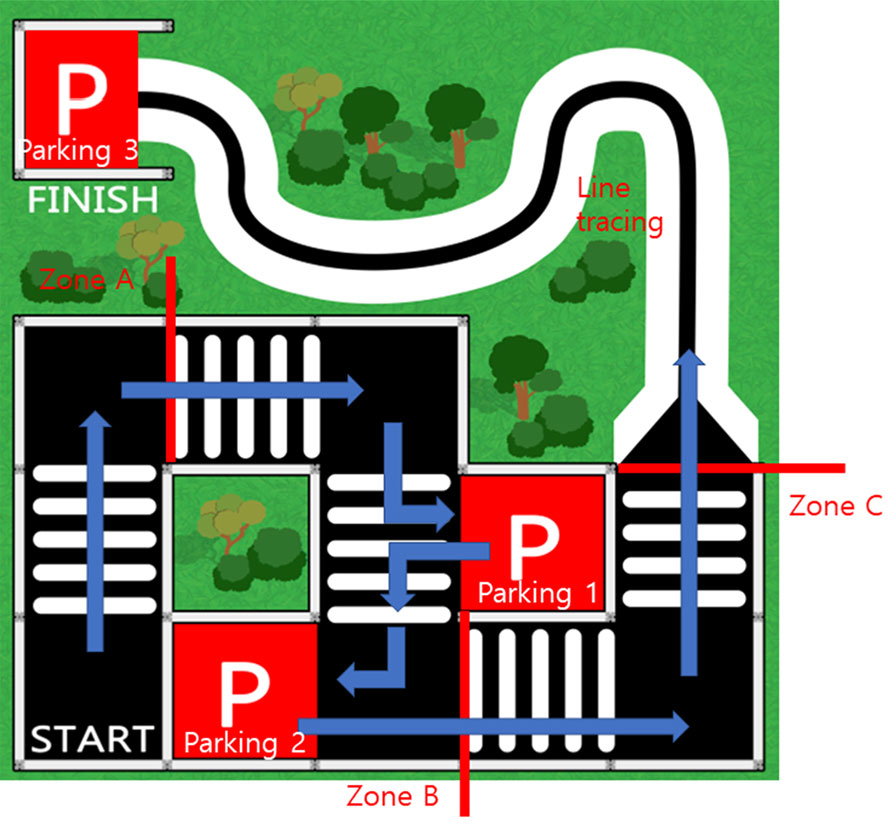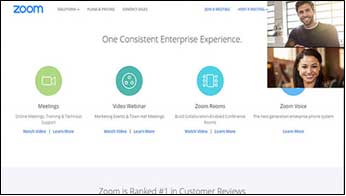Multiple chaperones within a country could share the roles.
However, one representative chaperone should communicate with the Secretariat attending working-level meetings after collecting other opinions.
| Preliminary Round | Final Round(onsite) | ||
|---|---|---|---|
| Theme | June 6th | Competition day | |
| Submission | June 6th ~ 23rd | 3 hours on competition day | |
| Preliminary Round | Final Round(onsite) | ||
|---|---|---|---|
| Equipment | No restriction | official PC provided | |
| Software | No restriction | No restriction(Secretariat will provide default option) | |
| Source | Photo, Video, Graphic, Voice and Music files that do not infringe the copyright | Images, Video, Graphics, Voice, Music and Sound Effects that do not infringe copyright as well as optional media file library provided by Secretariat | |
Individual / Team :
| Criteria | Scores | Remarks |
|---|---|---|
| Filming Method | / 20 | |
| Empathy | / 20 | Meaningful message |
| Storyline | / 20 | Proper narrative |
| Creativity | / 20 | Creative Idea |
| Excitement | / 20 | Humor, fun, etc. |
| Total | / 100 |
| Criteria | Scores | Remarks |
|---|---|---|
| Basic Structure (Title, Subtitle, Name and Role of Participants) |
/ 10 | |
| Animation Effect (Transition, Shift, Enlargement, Reduction, Visual Effects) |
/ 30 | |
| Background Music, Sound Design | / 20 | |
| Audio Narration | / 20 | |
| Closed Caption | / 20 | Essential Component (If not included, 0 point) |
| Total | / 100 |
| Preliminary Round | Final Round(Onsite) | ||
|---|---|---|---|
| Mission Release | June 6th | The competition day | |
| Submission | June 6th ~ 23rd | For 3 hours on the competition day | |
| Assignment | - Coding file(extension: xml) - Driving video(2 min) |
On-site (no prior assignments) |
|
| Preliminary Round | Final Round(On site) | |
|---|---|---|
| • Outstanding projects selected from the submitted assignments will be broadcasted in real time at the competition site • For Zumi, the contestants’ coding files will beentered into the Zumi at the competition site, and the scoring is based on the actual driving results though live streaming. • For self-made vehicles, scoring is basedon the submitted video and coding files. |
• The contestants will directly enter the coding file they have made during the given time into the vehicle and drive on the designated track. • The scoring is based on the actual driving results. • The judging process is the same for Zumi and self-made vehicles. |
|
Individual / Team :
| Item | Score | Description | Score acquired | |
|---|---|---|---|---|
| Line tracing | 30 | 15 | More than 50% line tracing | |
| 15 | Arrive at parking 3 | |||
| Escaping the Maze | 30 | 10 | Zone A | |
| 10 | Zone B | |||
| 10 | Zone C | |||
| Parking | 30 | 10 | Parking1 (Not moving more than 2 sec) | |
| 10 | Parking2 (Not moving more than 2 sec) | |||
| 10 | Parking3 (Not moving more than 2 sec) | |||
| Driving Record | 10 | 10 | High Rank 10% | |
| 8 | High Rank 30% | |||
| 5 | High Rank 50% | |||
| 3 | High Rank 80% | |||
| Total | 100 | |||


| Category | Preliminary Round | Final Round |
|---|---|---|
| Submission | June 6th ~ 23rd | September 15th ~ 29th |
| Assignments | Development Plan, Presentation material, Presentation video | Development completion report, Presentation materials, Demonstration& Production process video, Prototype |
| Real-time presentation | No real-time presentation | Real-time presentation with pre-submitted assignments |

| Category | Format | Contents | |
|---|---|---|---|
| Preliminary Round |
Development Plan | Word 2~5 pages (designated form) |
• Information of team members • Motivation of Idea • Main function and feature • Production drawings or work plans |
| Presentation Materials | PPT 5~10 Pages (free form) |
||
| Presentation Video | mp4 (within 3mins) |
• Presentation video using the submitted presentation materials (subtitles required) | |
| Final Round |
development Completion Report | Word 2~5 pages (designated form) |
• Information of team members • Main function and feature • Overall review of production process |
| Presentation materials | PPT 5~10 Pages (free from) |
||
| Demonstration video / Prototype | Physical, Virtual Demo | • Demonstration about how to use the product (subtitles required) | |
| Production process video and Demo video | mp4 (within 1min each or 2 min total) |
• Video of the development and production process • Demonstration on how to use and potential use-cases(subtitle required) |
|
Individual / Team :
| Category | Scores | Description | Score acquired | |
|---|---|---|---|---|
| Practicality | 40 | 20 | Improvement of the lives of persons with disabilities | |
| 20 | Feasibility | |||
| Originality | 30 | A new idea | ||
| Presentation | 30 | 10 | Degree of understanding of the project | |
| 10 | Detailed explanation | |||
| 10 | Question and Answer | |||
| Total | 100 | |||
| Category | Scores | Description | Score acquired |
|---|---|---|---|
| Difficulty | 50 | Difficulty level of the assignment | |
| Level of Completion | 50 | Degree of achievement | |
| Total | 100 |
| Type of participation | Individual Team | Country | ||
|---|---|---|---|---|
| Idea Name | ||||
| Team Name | Only for team Participation | |||
| Leader | Name | Date of Birth | ||
| ID | ||||
| Members | Roles | Name | Date of Birth | ID |
| Idea Motivation |
Available to add more pages -Necessity and Goal |
|||
| Main Function and Feature | Available to add more pages | |||
| Production drawings and work plans(photos) |
Available to add more pages -drawings and plans that can easily explain the contents of ideas |
|||
※ Quantity: 2~5 pages, Download on ‘Library’ on the official website
| 4Type of participation | Individual Team | Country | ||
|---|---|---|---|---|
| Idea Name | ||||
| Team Name | Only for team Participation | |||
| Leader | Name | Date of Birth | ||
| ID | ||||
| Members | Roles | Name | Date of Birth | ID |
| Introduction of production | Short instruction with 1~2 sentences | |||
| Overview of development |
Available to add more pages - Motivation or Background of production, Development purpose, etc. |
|||
| Instruction of Results |
Available to add more pages - Composition of Hardware or Software, functions, How it is to be used, Development Environment - Issues experienced and solution - Photographs of production |
|||
| Reference | ||||
※ Quantity: 2~5 pages